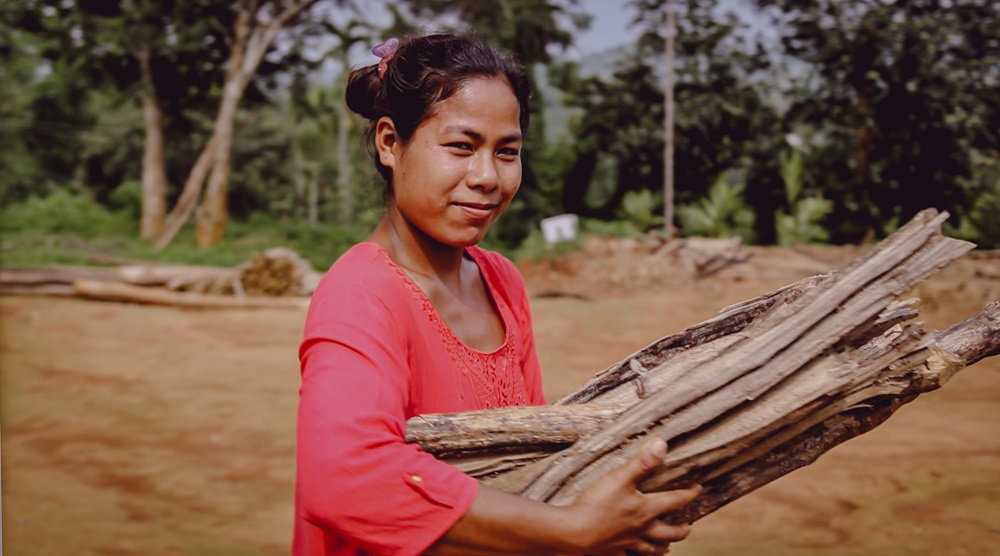How climate action improves lives in climate project host countries
May 14, 2024How climate action improves lives in climate project host countries
Disadvantaged groups in poorer countries are most vulnerable to the effects of climate change. This makes it even more important to involve people all around the world in climate action. This can be achieved through climate projects that not only reduce, avoid, or remove greenhouse gas emissions, but also improve the lives of local people.
How are social impact and climate action connected?
In addition to creating positive change for the climate, certified climate projects support sustainable development in the project countries, for example by improving the supply of clean drinking water, developing local infrastructure, or creating jobs. The United Nations' Sustainable Development Goals (SDGs) are a globally recognised benchmark for measuring these positive impacts.
ClimatePartner's climate projects always contribute to SDG 13 (climate action) by reducing, avoiding, or removing emissions, but they also contribute to other goals. For example, improved cookstove projects avoid emissions because the new cookstoves use less fuel than traditional cooking methods. They also improve indoor air quality and therefore people's health, additionally contributing to SDG 3.
According to the World Health Organization (WHO), about one third of the world's population uses unsafe cooking methods that are harmful to health and the environment. This results in more than one billion tonnes of carbon emissions every year, or 2% of total global emissions.
An example from India
One example of a climate project with profound co-benefits is the Garo Hills cookstove project in India. The project was developed by ClimatePartner's subsidiary ClimatePartner Impact and supports the Garo people in the Indian state of Meghalaya. Like many rural communities in India, the Garo cook indoors over open fires. This is harmful to both the environment and people's health: open fires are extremely inefficient, as much of the heat is lost unused, and they require large amounts of firewood or charcoal.
The Garo collect nearly 5 tonnes of firewood a year from surrounding forests. Instead of continuing to sequester carbon from the atmosphere, the felled trees release environmentally harmful emissions when burned. On top of this, the smoke produced indoors is a health hazard – especially for women and children, who traditionally spend more time at home. According to the WHO, an estimated 3.2 million people worldwide died from domestic air pollution in 2020.

The Garo Hills project addresses these challenges: in Meghalaya, 15,000 cookstoves have been distributed that are more thermally efficient than conventional cooking methods. Depending on the model, this reduces fuel consumption by up to 50% and saves around 200,000 tonnes of carbon emissions over five years. The reduced need for firewood means less deforestation in the region, helping to preserve forests as carbon sinks and home to many animal and plant species. The Garo people, especially the women, also benefit, as they spend less time collecting firewood and are less exposed to harmful smoke.
The Garo Hills project in India is designed to be long-term, transparent, and collaborative. The following measures contribute to this:
- All project data are recorded digitally for accuracy, credibility, and efficiency.
- Project staff visit participating households every six months to collect feedback, e.g. how much firewood families are saving, how often they use the new cookstove, and how often they still use previous cooking methods.
- The project has a network of local communities whose engineers provide support for several years to maintain and, if necessary, replace faulty stoves.
- The improved cookstoves are manufactured in India, creating local jobs.
Continuous further development, also through scientific dialogue
It is important to continuously improve the quality of climate projects. The methodologies of international standards (such as the Verified Carbon Standard and the Gold Standard) are regularly updated, considering feasibility, practicality, and current research findings. Critical studies provide valuable input for further development.
We should work together to ensure that the voluntary carbon market functions as effectively as possible. This is important to limit the effects of global warming, both on the climate and on the people who are most affected by it.
If you are interested in contributing to one of our social impact projects, get in touch!